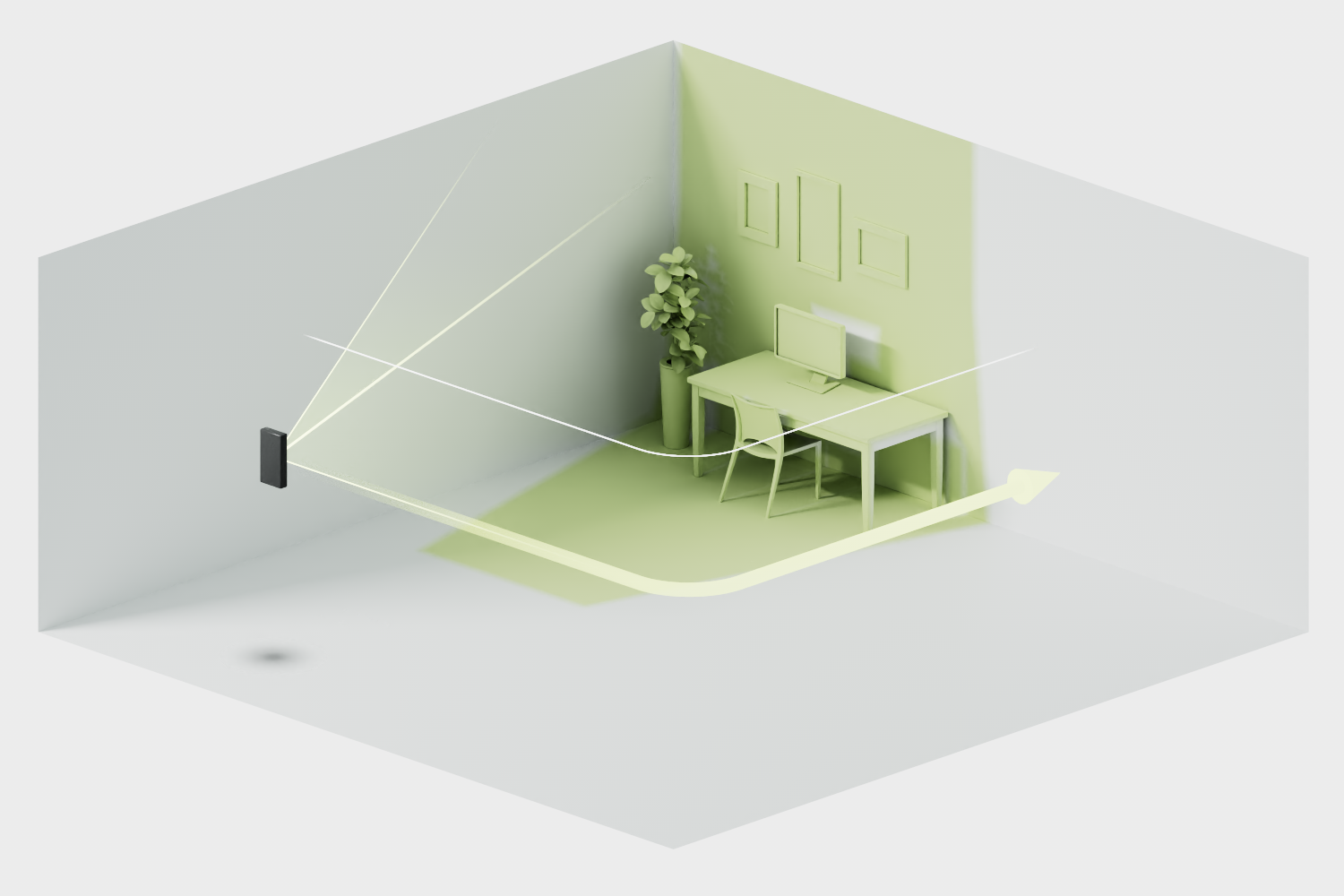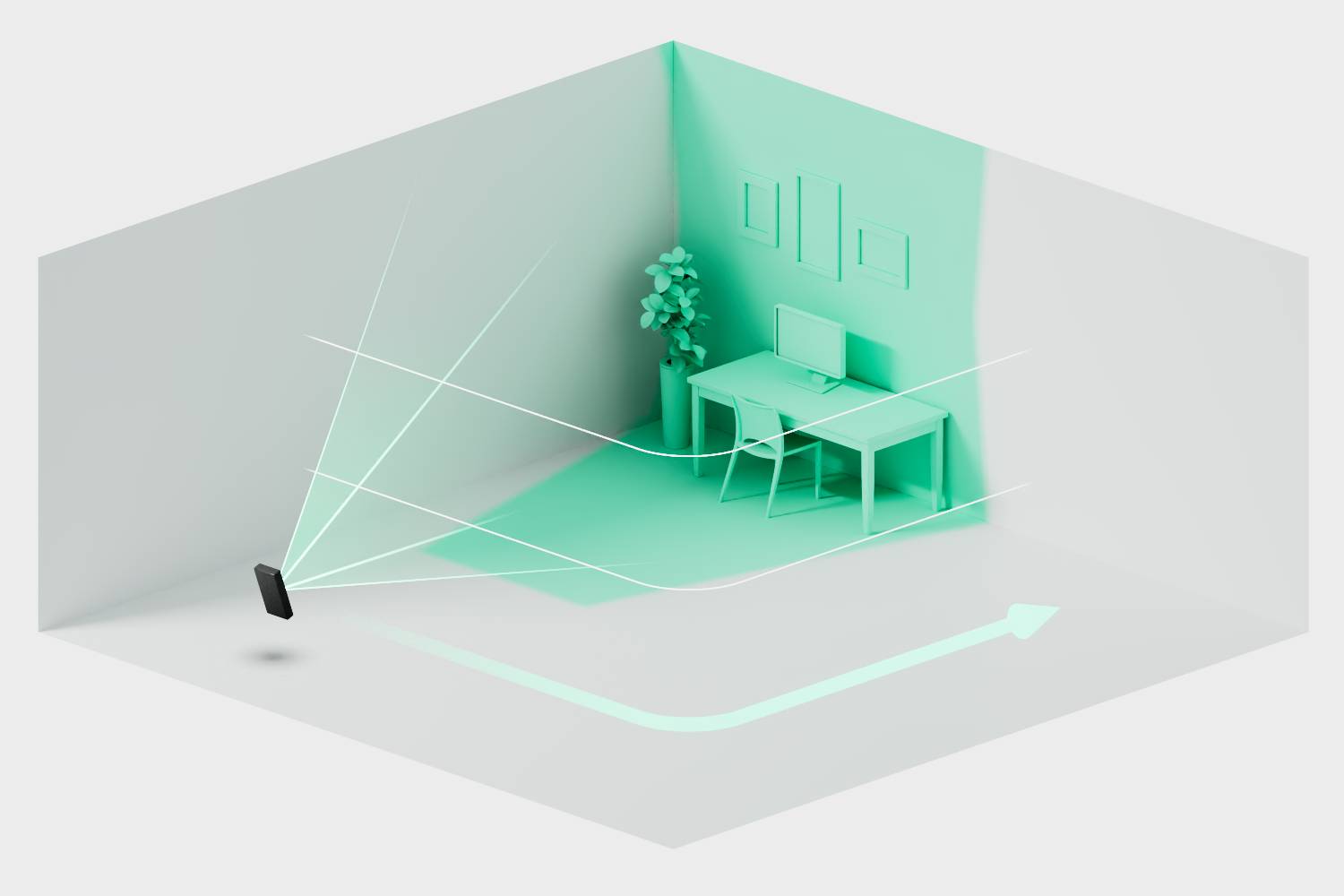Scan Path
Planning a clear scan path before beginning the scan is critical for obtaining high-quality results. Understanding the layout of your space will help you determine which areas require greater attention to detail and ensure that no important sections are overlooked.
Typically, we recommend an 'outside-in' approach: start by scanning along the periphery of the space and aim towards the center. The 'inside-out' approach, where scanning occurs at the center and faces outward, often results in lower quality reconstructions due to capturing only small segments of the room at a time. This method lacks sufficient overlap between images, making it challenging for models to reconstruct accurately.
By contrast, an 'outside-in' method captures broader views of the room with more overlap, making feature identification easier and improving the overall accuracy of the scan. To enhance the scan quality, we recommend doing 2-3 loops at varying elevations—such as eye level, chest level, and hip level—with slightly different angles to capture all aspects comprehensively.

Concave vs. Convex Scanning
When selecting what angle to aim the phone at, there are two main techniques: concave vs. convex scanning. Concave scanning means that the scan path angles from different elevations form in a concave shape in the direction of the scan. On the other hand, convex scanning would be the opposite, where angles create a convex arc in the direction of the scan.
To illustrate this point further, imagine scanning a space with 3 loops in the designated scan path. Each loop occurs at different heights. In this example, the first loop occurs at head height, then chest height, then waist height. For a concave scan, the first loop (at head height) has the iPhone pointing 30-45 degrees downwards towards the floor. The chest height loop points directly outward at an angle parallel to the floor. The waist height scan occurs pointing 30 - 45 degrees upward towards the ceiling / roof / sky. In contrast, the convex scan inverses the two angles on the head height and waist height, meaning the head height loop points upwards and the waist height loop points downward.
Both methods produce solid results. However, it would be recommended to take the concave scanning approach when capturing an object (primarily a smaller one where the top angle view can be easily captured from head height or slightly higher). The convex approach is recommended for larger spaces / environments where capturing as much of the entire 360 view is best for accurate reconstruction of the space. In both methods, please ensure that the angles do not exceed 45 degrees, as this will reduce frame overlap and negatively impact scan quality as mentioned previously.

This systematic approach helps capture the environment comprehensively and prevents one from missing important details. Following a planned scan path maintains consistency, which is critical for accurate reconstructions.
_a0c995be-7809-485f-bb5f-71484e7a1277.svg)